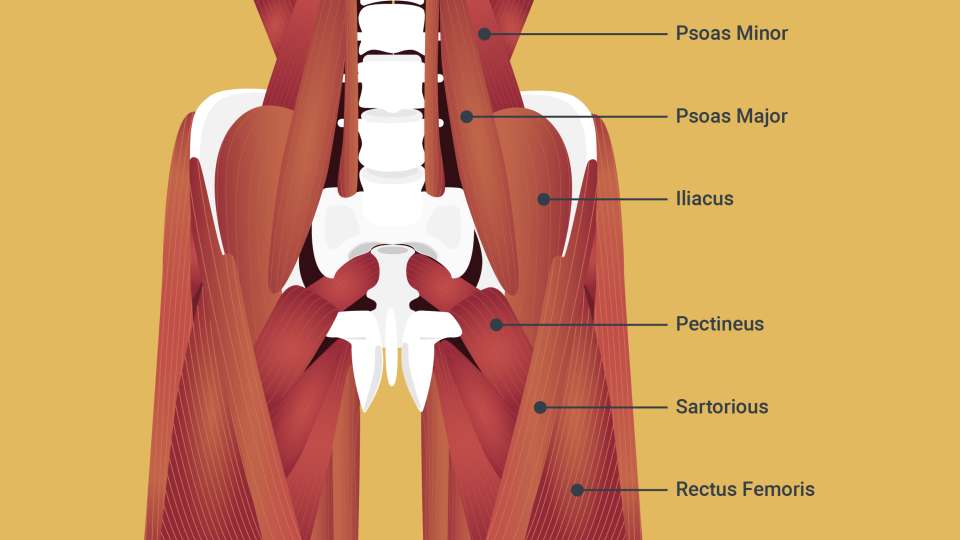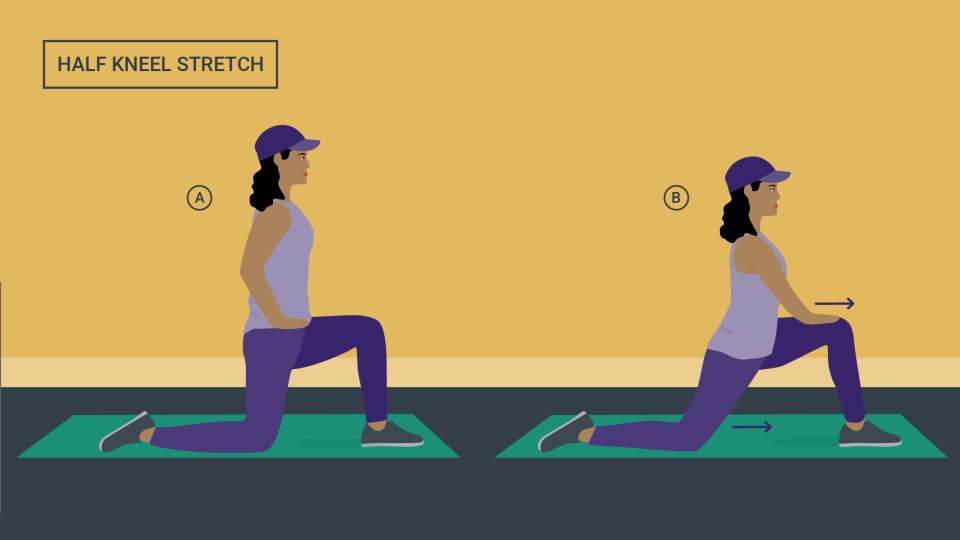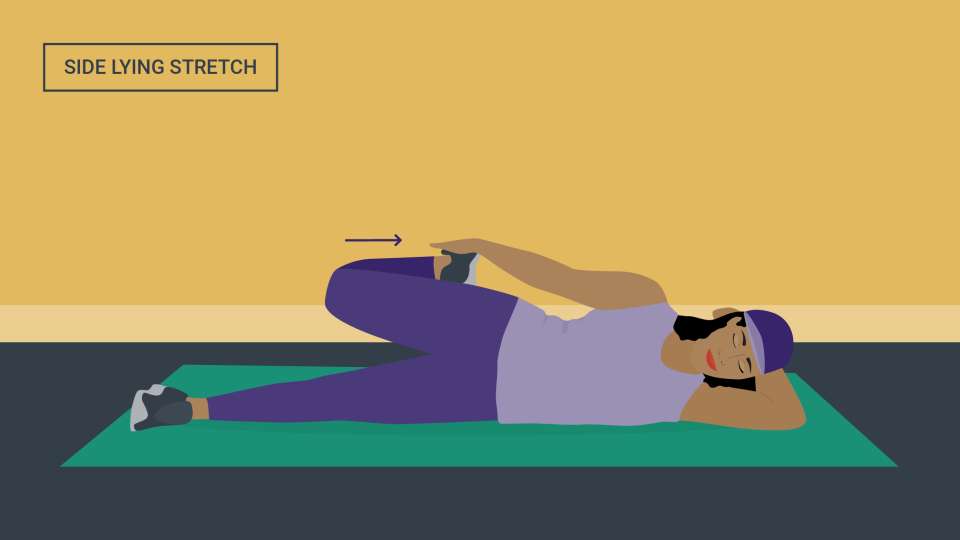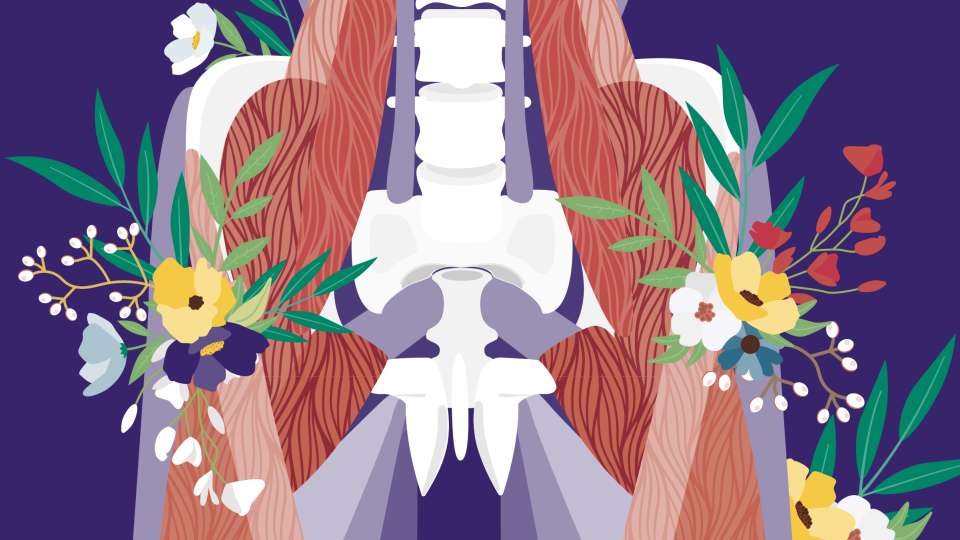
Hip, hip, hoo-ow. Hip pain is no fun, and if you’re experiencing it suddenly, you may wonder what gives.
While there are several reasons for hip pain, one of the more common is hip flexor strain. But what exactly is hip flexor strain? And what even are hip flexors?
What hip flexors do
Hip flexors are the muscles that allow you to lift your legs, such as when you walk, bend forward or lift your knees up to your chest.
Your two primary hip flexors are the iliacus and psoas muscles, sometimes abbreviated to the “iliopsoas,” says Dr. Christopher McMullen, a UW Medicine physiatrist who specializes in sports medicine.
Your iliacus muscles run from the inside of your pelvic bone to the thigh bone, while the psoas muscles run from the spine to the thigh bone.
Three other thigh muscles — the pectineus, rectus femoris and sartorius — also play a role in hip flexion, McMullen says.
What does it mean to have tight hip flexors?
Simply put, having tight hip flexors means they are short and harder to stretch. This isn’t necessarily a problem, McMullen says, as muscle flexibility varies from person to person.
“However, because the hip flexor muscles attach to the lumbar spine, there’s some concern that tight hip flexors can pull on the lumbar spine and be a potential contributor to low back pain,” he adds.
And yes, having tight hip flexors can increase your risk of injuring them, though it doesn’t guarantee that you will.
To increase flexibility in this area, you can try stretching your hips. Two stretches that McMullen recommends are a half-kneel stretch and a side-lying stretch.
Just note that, despite what the internet or social media may claim, manual pressure such as with a foam roller won’t help.
“The iliacus and psoas muscles lie deep in the pelvis and against the spine. You physically cannot reach these muscles by pressing into your pelvis or abdomen,” McMullen says.
What causes hip flexor strain?
Hip flexor strain happens when one of the aforementioned muscles tears partially or when the iliopsoas tendon, which connects the iliacus and psoas muscles to the femur, is injured.
“A hip flexor strain is usually an overuse injury,” McMullen says. “Repetitive over-activation of the hip flexor muscles and/or tendon could lead to microtears within the tissue ultimately leading to injury.”
Excessive stair climbing, hiking, running, martial arts and certain sports, or overdoing exercises like marching, high knees, lunges and squats, activate hip flexors and could trigger a tear. Sudden movement like in a ski accident could cause muscle tearing, too.
People often blame their hip pain on hip flexor strain when it’s actually caused by something else, McMullen says. That’s why it’s important to talk with your doctor if you have new hip pain.
“Hip flexors get a bad rap as a cause of pain in the front of the hip, but often the cause is the hip joint itself,” he explains. “Hip impingement or hip osteoarthritis very commonly cause pain in the front of the hip.”
How is hip flexor strain treated?
Taking a break from the exercise that caused the pain is important to allow your muscles time to heal. If your pain is mild, a short break may be all that’s needed, but for more severe injuries, it may be helpful to work with a doctor or physical therapist.
“Depending on the severity of the injury, I may ask people to rest from the offending activity for two to four weeks. Then, we want to slowly, progressively work to strengthen the hip flexors,” McMullen explains.
If your pain doesn’t improve after resting for several weeks, that means it’s probably not hip flexor strain but a different kind of injury, which is worth bringing up to your doctor.
What is the best way to exercise hip flexors and prevent strain?
First, always warm up before you work out. This helps prevent all kinds of injuries, including hip flexor strain. And if you’re starting a new activity that involves your hip muscles, take it slow and steady rather than rushing into it.
There are many exercises you can do to increase hip flexor strength, from straight leg raises to mountain climbers. One of McMullen’s favorites is the psoas march.
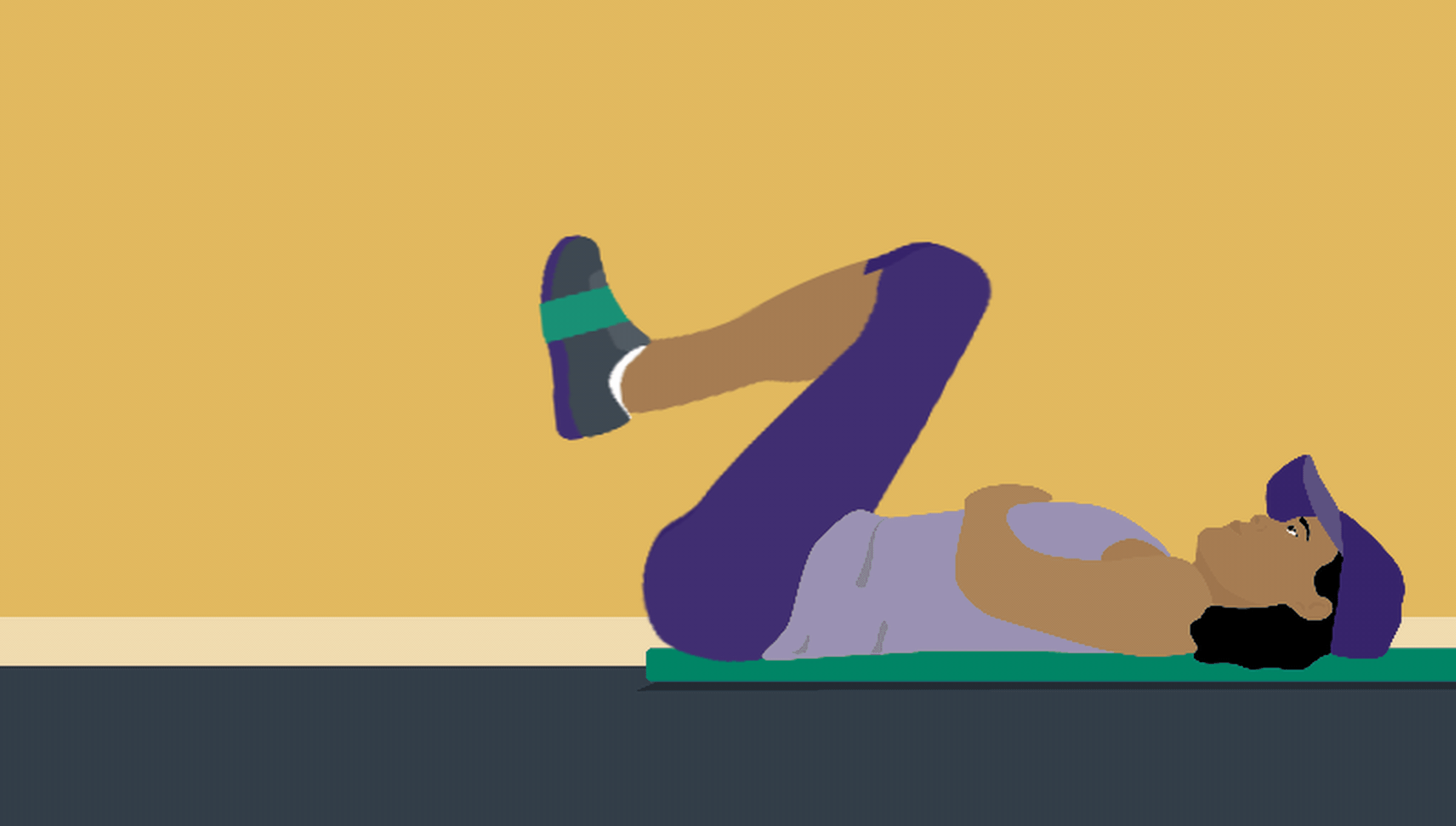
“With a resistance band wrapped around both feet, lie flat on your back. Then lift the knees in the air and begin a marching motion while keeping tension through the band. One knee is slowly brought toward the chest while the other leg is extended straight, going back and forth,” he explains.
Along with exercising your hip flexors regularly, easing into new exercises will help prevent strain. Instead of going all-in when you try something new, take things one step at a time to get your body used to the movement. And, as always, listen to your body — it will tell you what you need to do.

 Healthy ideas for your inbox
Healthy ideas for your inbox
